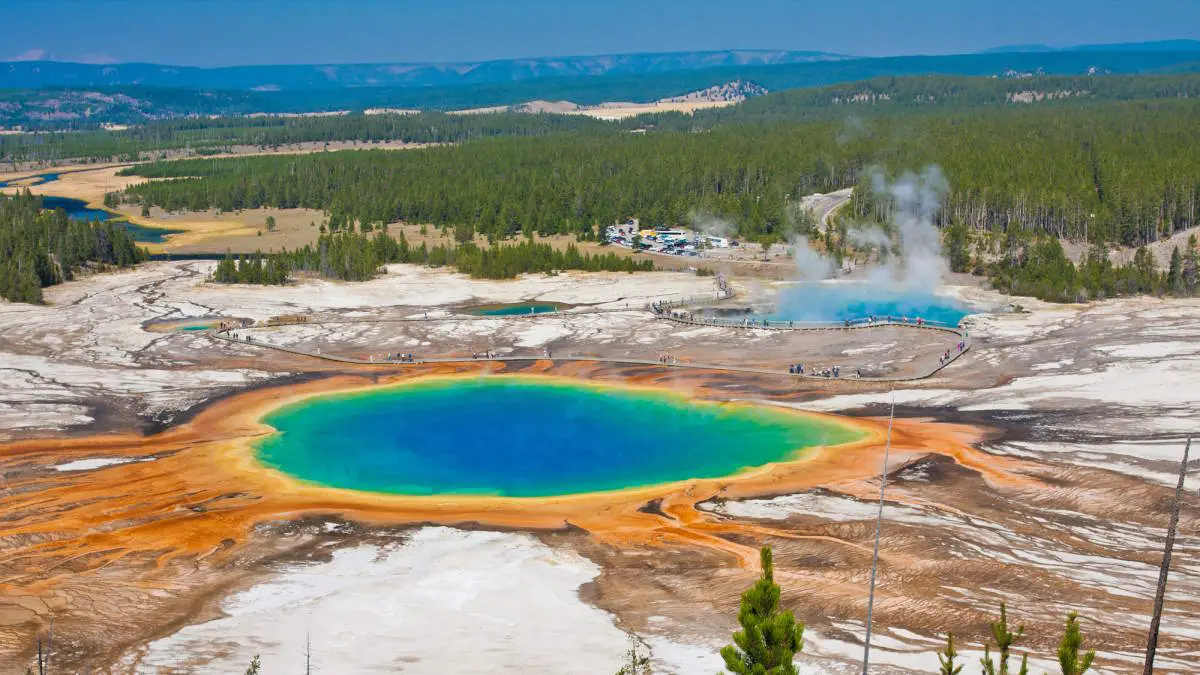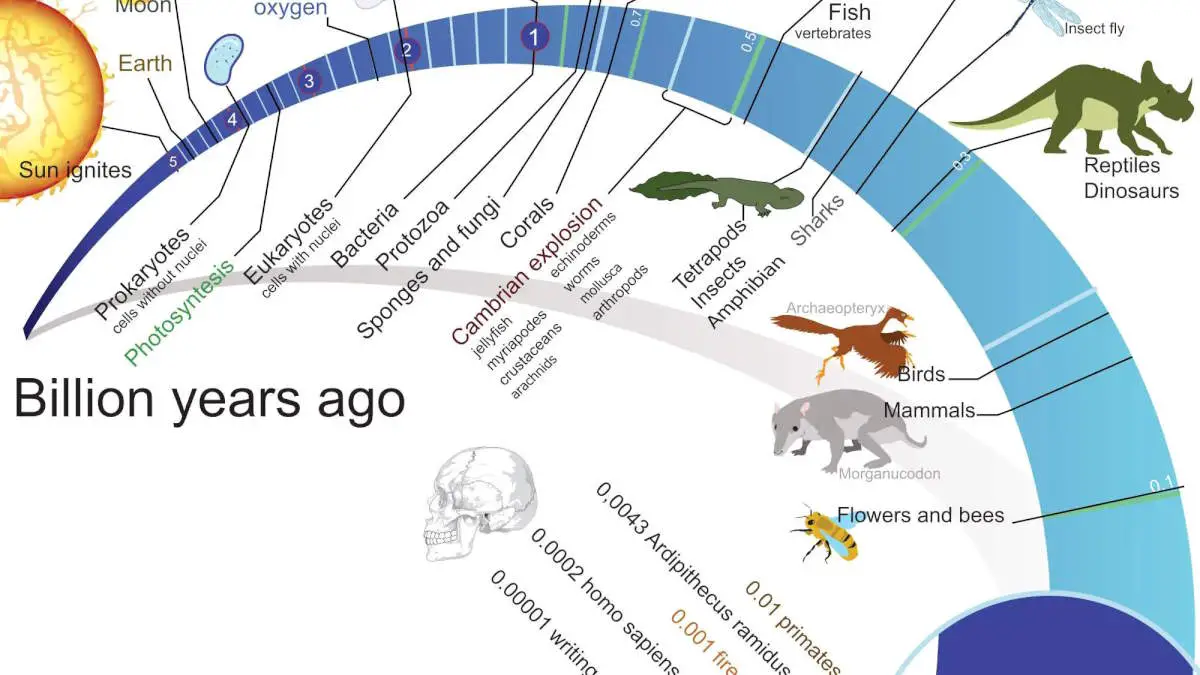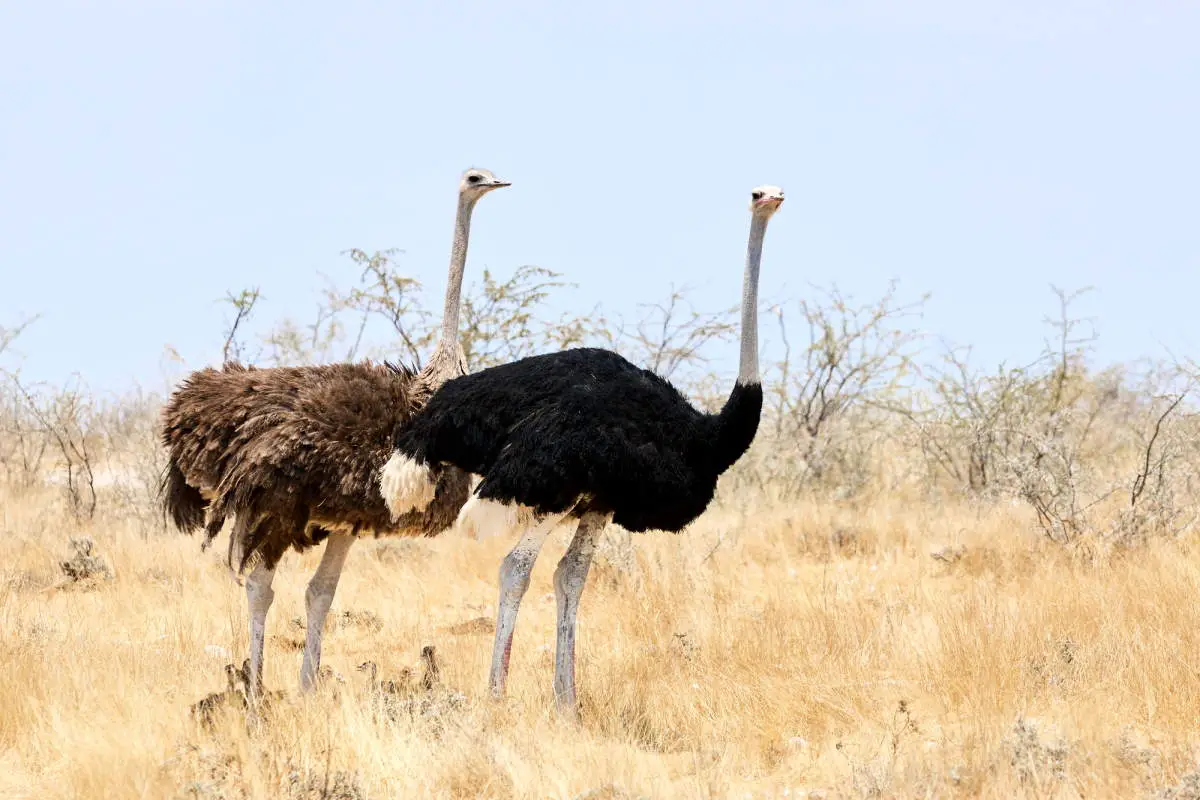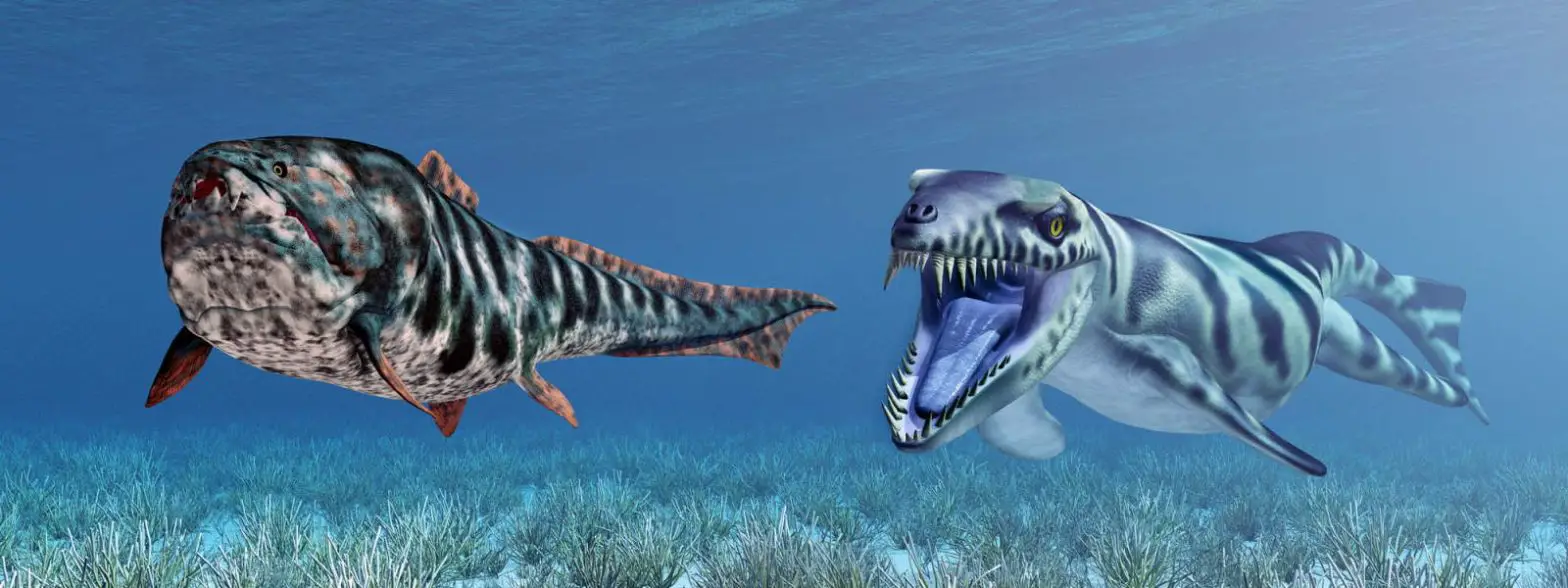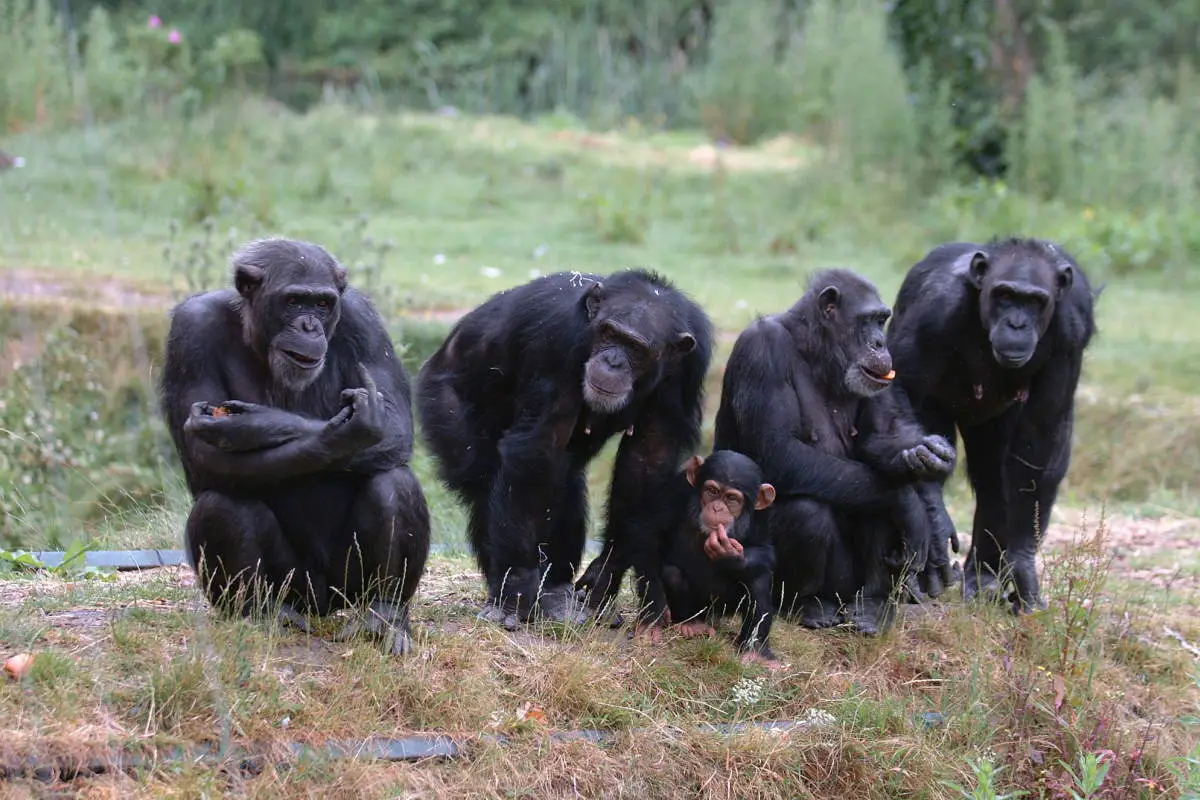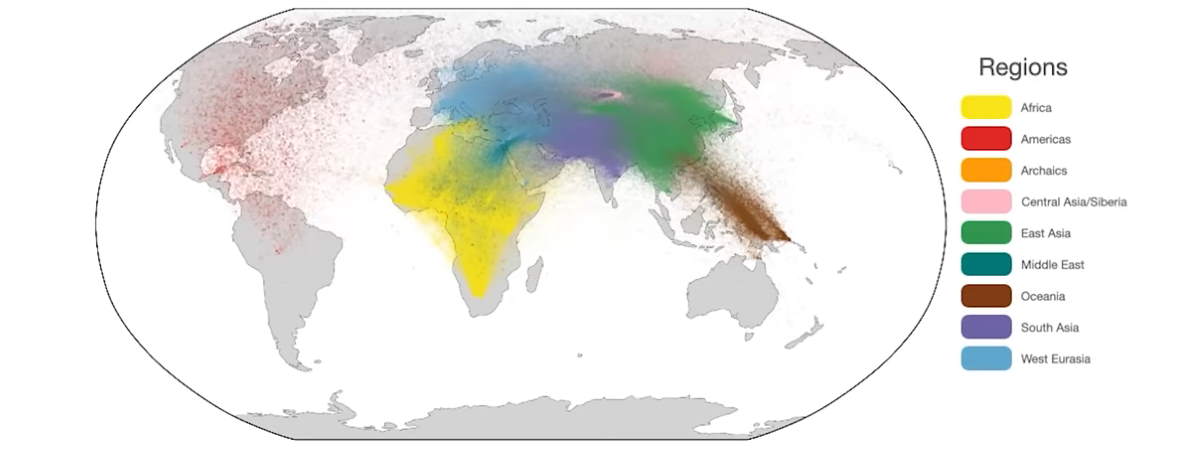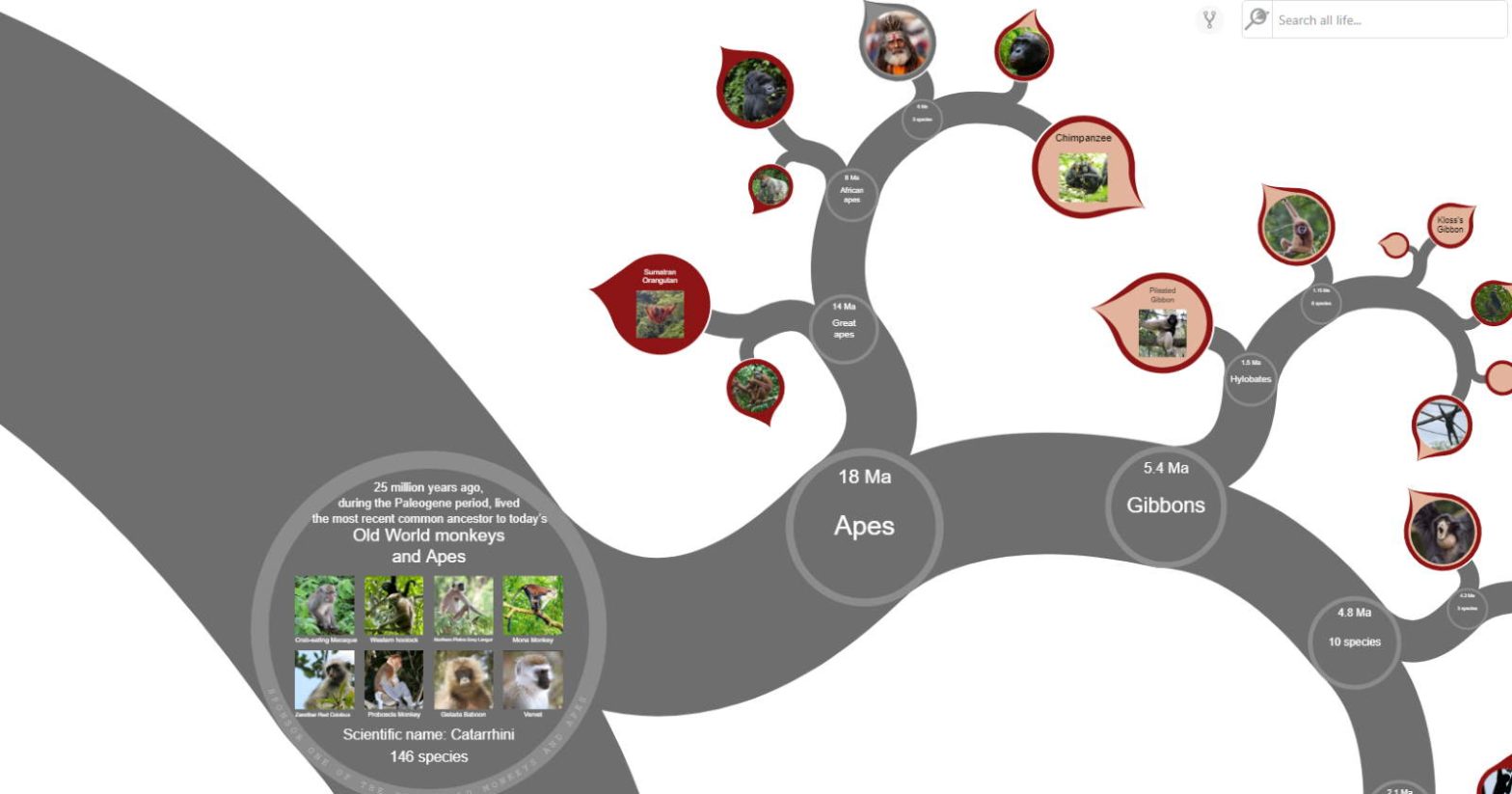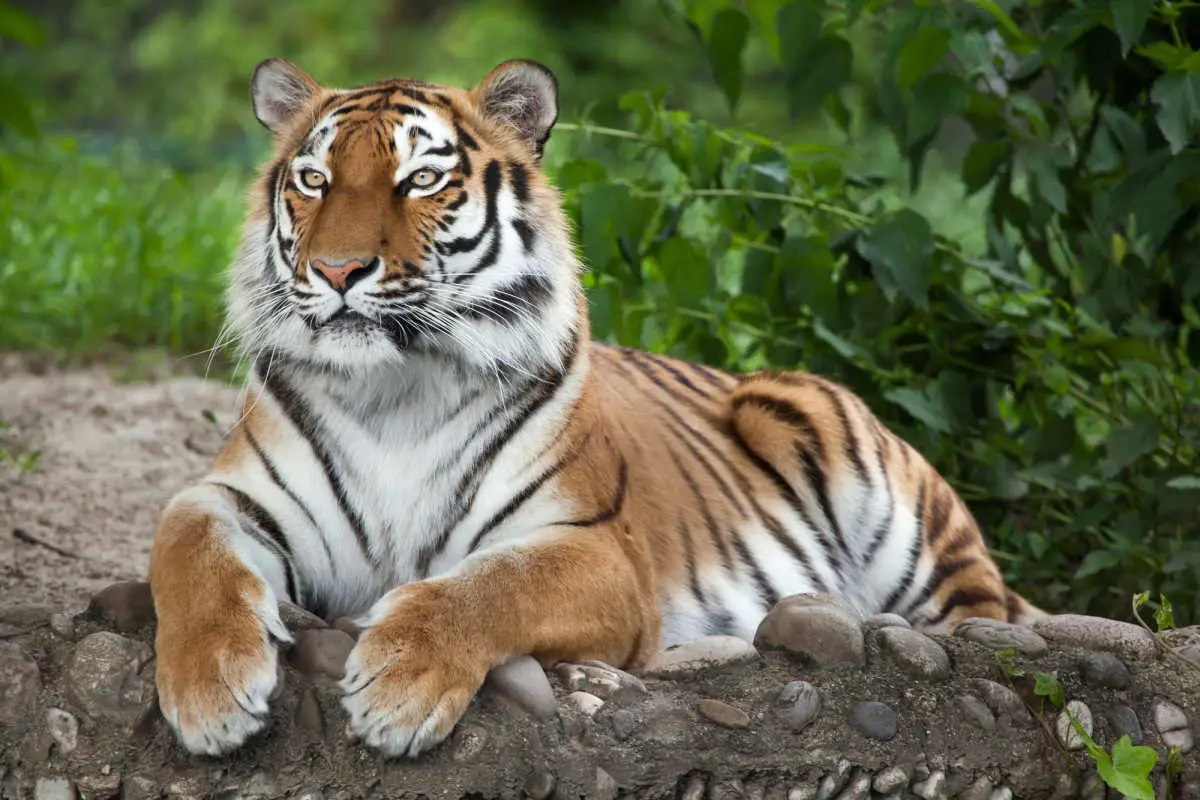The Earth is the only planet we know of that can support life in the cold, vast space. It seems we’re extremely lucky because our planet has a lot of unique characteristics that make life possible on it. But, interestingly, it also seems “where life can evolve, it will”. From the scorching heat of volcanic springs to the intense pressure of ocean depths, life adapts and thrives in settings once deemed uninhabitable. Explore the ten most extreme environments where nature defies limits, revealing the adaptability and tenacity of life in our planet’s harshest conditions. This journey unveils the incredible extremophiles, organisms that redefine our understanding of survival and resilience in Earth’s most challenging locales.
